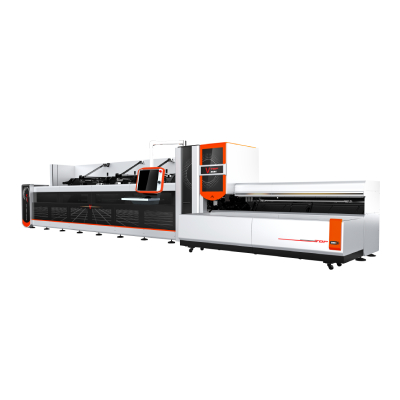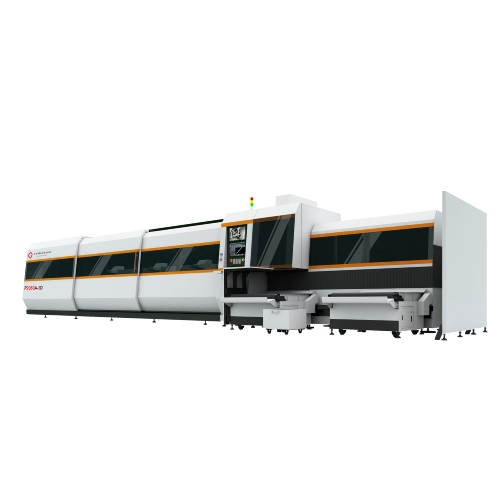****
In the realm of modern manufacturing, precision and efficiency are paramount, driving innovations in metal fabrication techniques. Metal CNC laser cutting stands out as a groundbreaking advancement that has transformed the landscape of industrial production. This technology, which combines the efficacy of computer numerical control (CNC) with laser cutting, offers unparalleled precision, speed, and versatility. As we dive deeper into this revolutionary process, we will explore its operational mechanisms, advantages, applications, and the future it holds for manufacturing.
Understanding Metal CNC Laser Cutting

Revolutionizing Metal Fabrication: The Impact of Metal CNC Laser Cutting on Modern Manufacturing Processes
At its core, CNC laser cutting utilizes a high-powered laser beam to cut and shape metal with incredible accuracy. Unlike conventional cutting methods, which rely on blades andbits that can dull or wear out, laser cutting uses focused light energy to melt or vaporize material. The CNC component enables operators to input digital designs directly into the computer system, which then translates these designs into precise cutting instructions. This integration of technology not only allows for high-speed operation but also ensures consistency and repeatability across multiple production runs.
Advantages of Metal CNC Laser Cutting
1. **Precision and Accuracy**: One of the standout features of metal CNC laser cutting is its ability to achieve tight tolerances. This precision is essential in industries such as aerospace and automotive, where even minute discrepancies can lead to substantial issues in product performance and safety.
2. **Minimized Material Waste**: The focused nature of the laser beam means that it generates minimal kerf (the width of the cut). This characteristic is particularly advantageous when working with expensive materials, as it allows for more pieces to be cut from a single sheet of metal, reducing costs associated with waste.

Revolutionizing Metal Fabrication: The Impact of Metal CNC Laser Cutting on Modern Manufacturing Processes
3. **Versatility**: Metal CNC laser cutting can be used on a wide range of materials, including stainless steel, aluminum, brass, and even some low-density plastics. This versatility makes it an ideal choice for various sectors, from industrial manufacturing to art and design.
4. **Speed and Efficiency**: Laser cutting is significantly faster than traditional cutting methods. For high-volume production runs, this speed translates into shorter lead times and enhanced productivity, allowing manufacturers to meet client demands more effectively.

Revolutionizing Metal Fabrication: The Impact of Metal CNC Laser Cutting on Modern Manufacturing Processes
5. **No Tool Wear**: Unlike conventional mechanical cutting, laser cutting does not involve any physical contact between the cutting tool and the material. As a result, there is no tool wear, which means less downtime for tool changes and maintenance.
Applications Across Industries
The applications of metal CNC laser cutting are vast and varied. In the automotive sector, manufacturers use this technology for cutting intricate parts, ensuring that each component adheres to strict safety and performance standards. The aerospace industry also benefits tremendously, where precision and weight reduction are critical.
Moreover, decorative metalwork, signage, and architectural applications leverage laser cutting to create complex designs that were once difficult or impossible to achieve with traditional methods. The ability to cut fine details allows artists and designers to innovate in ways they could only dream of before.
The Future of Metal CNC Laser Cutting
As technology continues to advance, the future of metal CNC laser cutting appears promising. The integration of artificial intelligence (AI) and machine learning algorithms into CNC systems is already beginning to enhance operational capabilities. These technologies can optimize cutting paths and parameters dynamically, resulting in even higher levels of efficiency and precision.
Additionally, as sustainability becomes a more significant focus for manufacturers, the ability to reduce material waste and energy consumption in metal CNC laser cutting processes will likely elevate its attractiveness in the marketplace.
Conclusion
Metal CNC laser cutting represents a remarkable evolution in the manufacturing landscape, characterized by unrivaled precision, efficiency, and versatility. As industries continue to embrace this cutting-edge technology, the potential for innovation and improvement in product quality is immense. From aerospace to automotive, the benefits of this method are being felt across various sectors, positioning metal CNC laser cutting as a cornerstone of modern fabrication techniques. In a world where speed, accuracy, and sustainability have become crucial competitive advantages, embracing this technology is not just beneficial; it’s imperative for forward-thinking manufacturers. laser metal flat cutting machine



